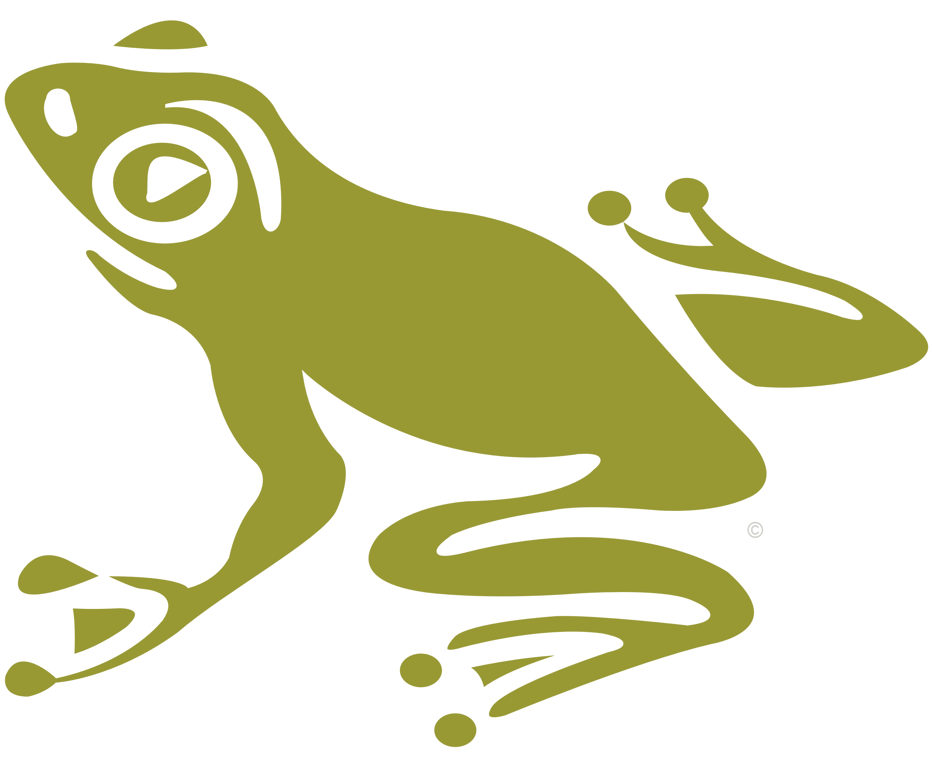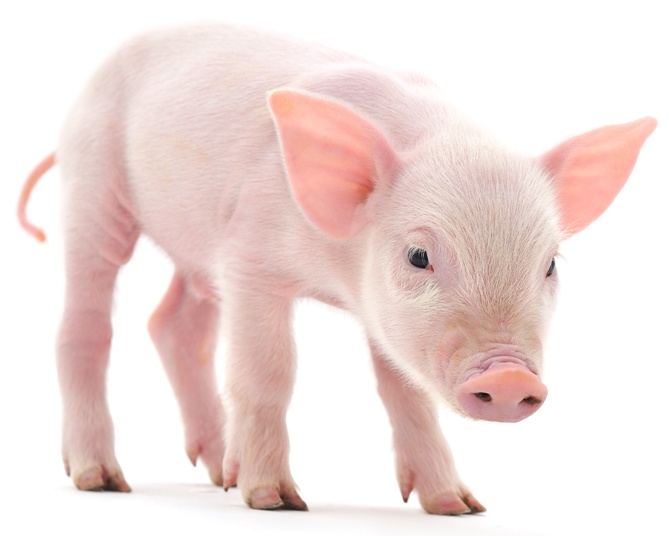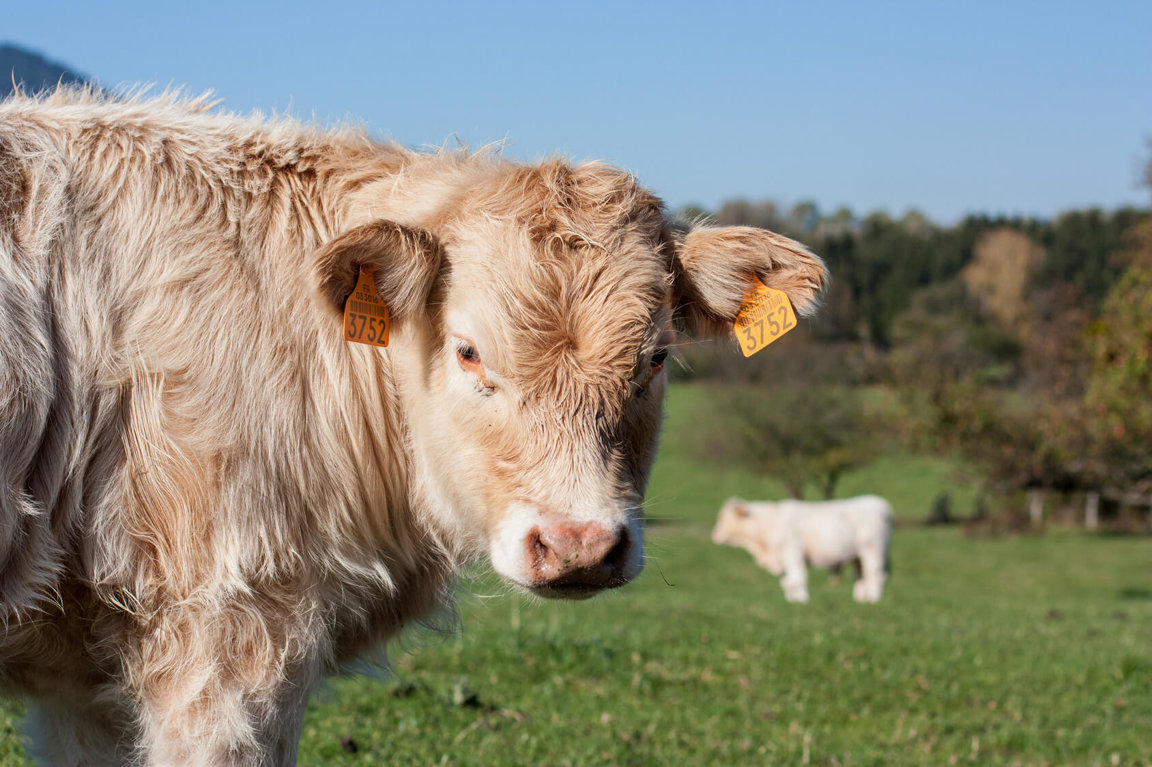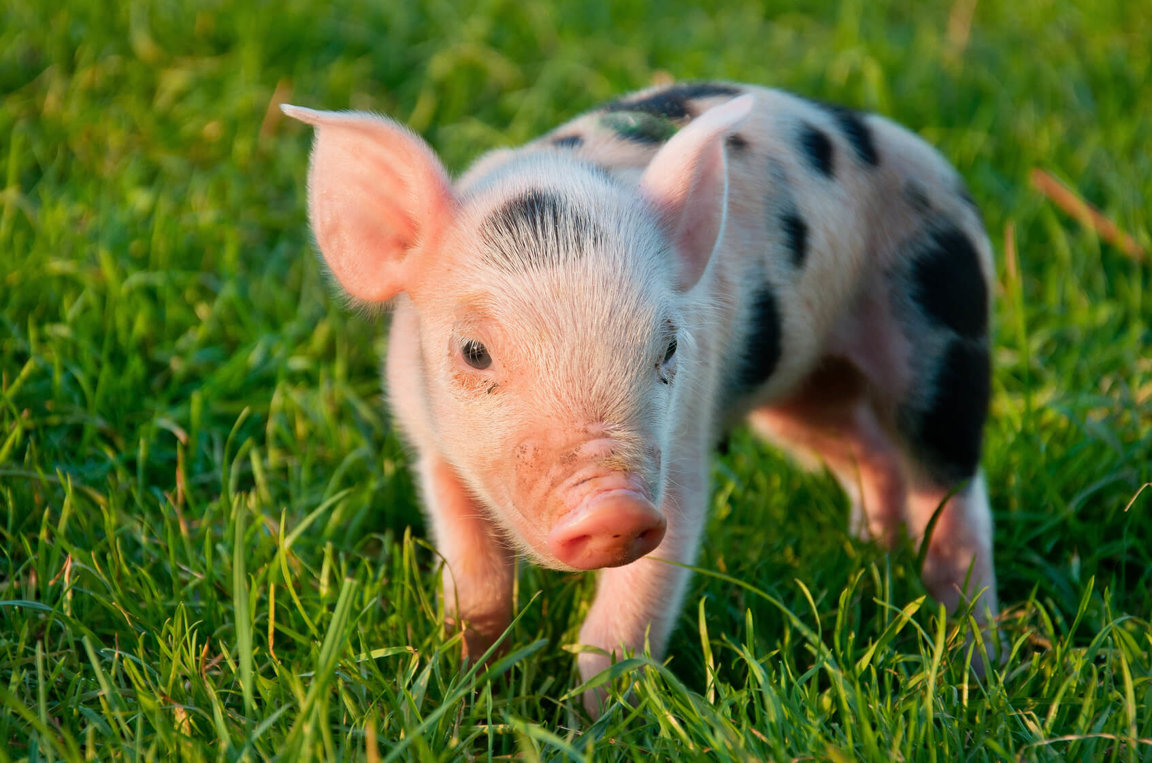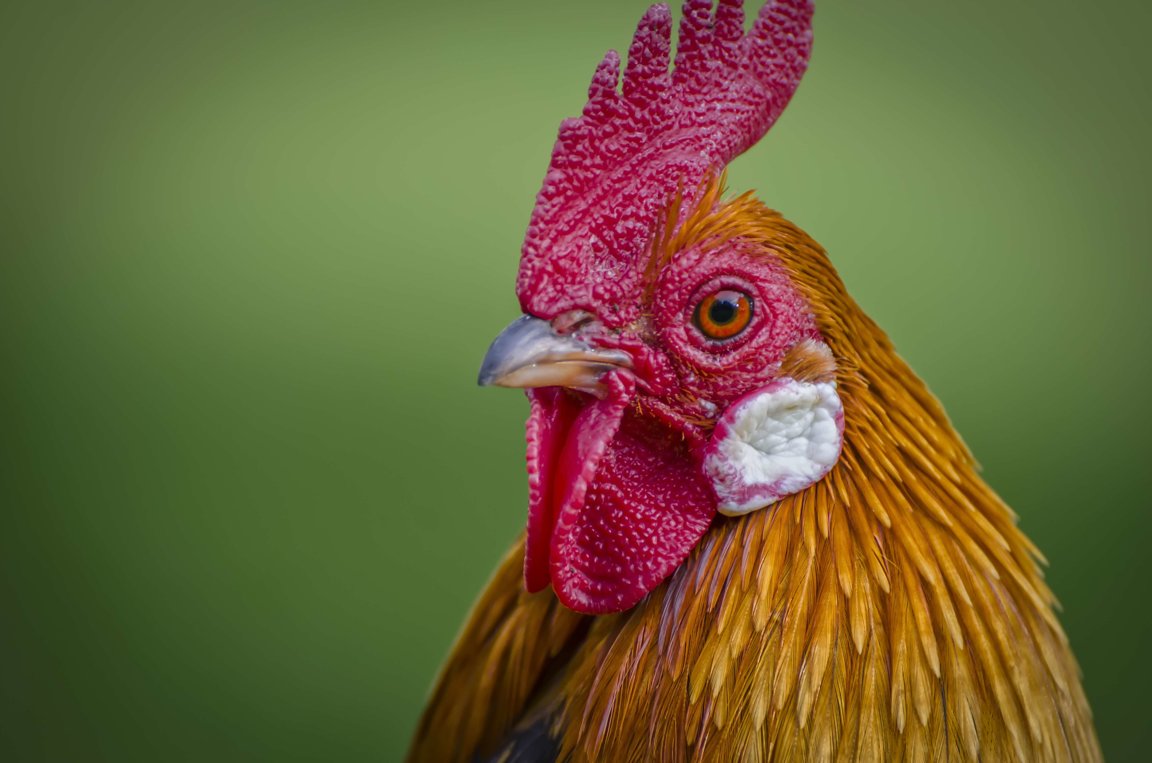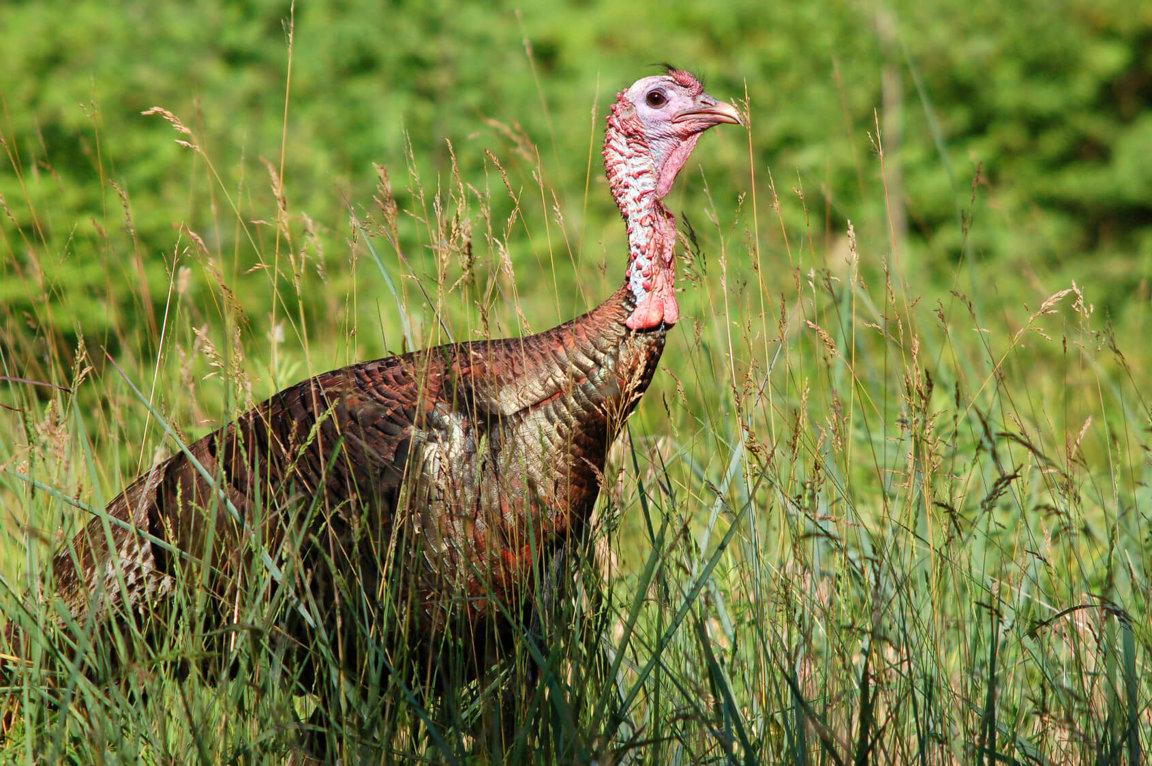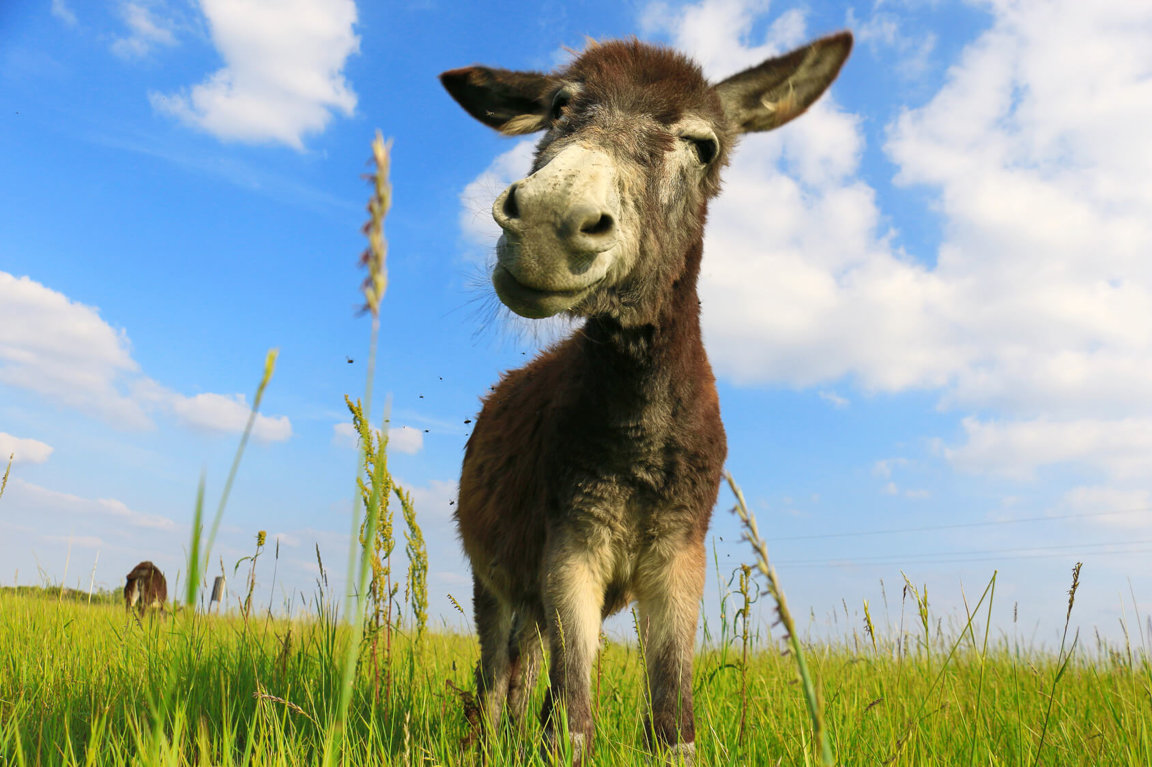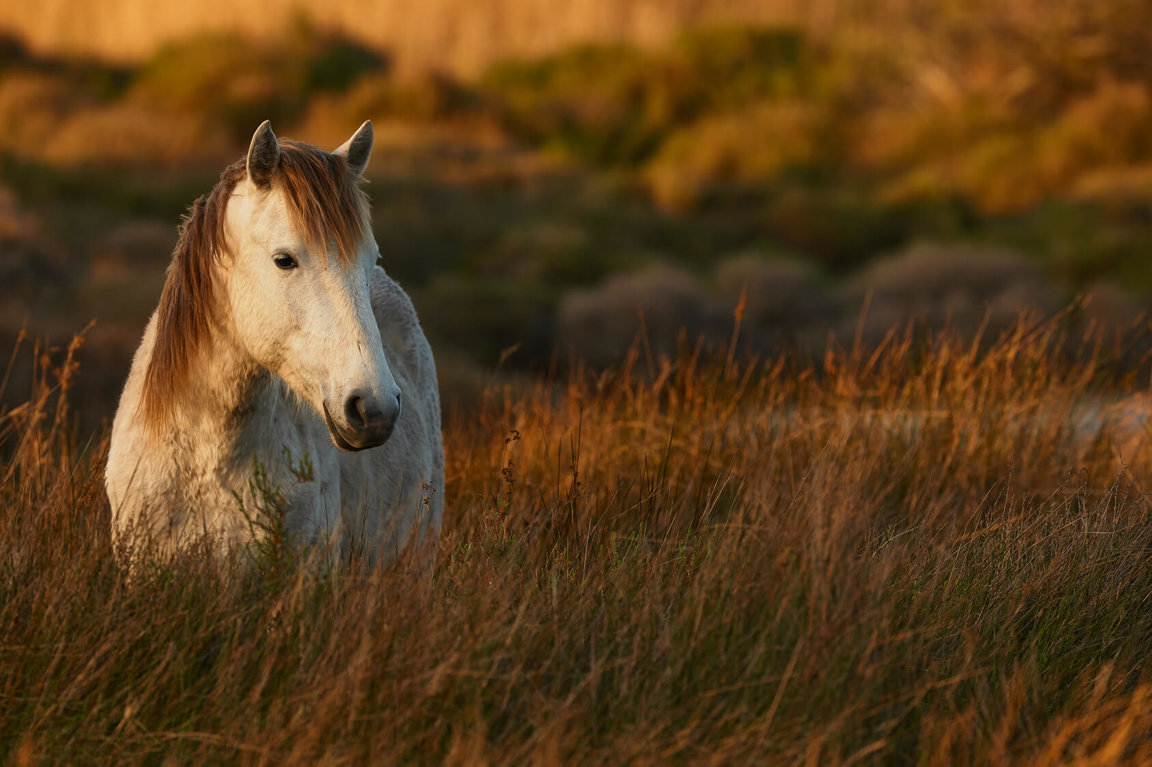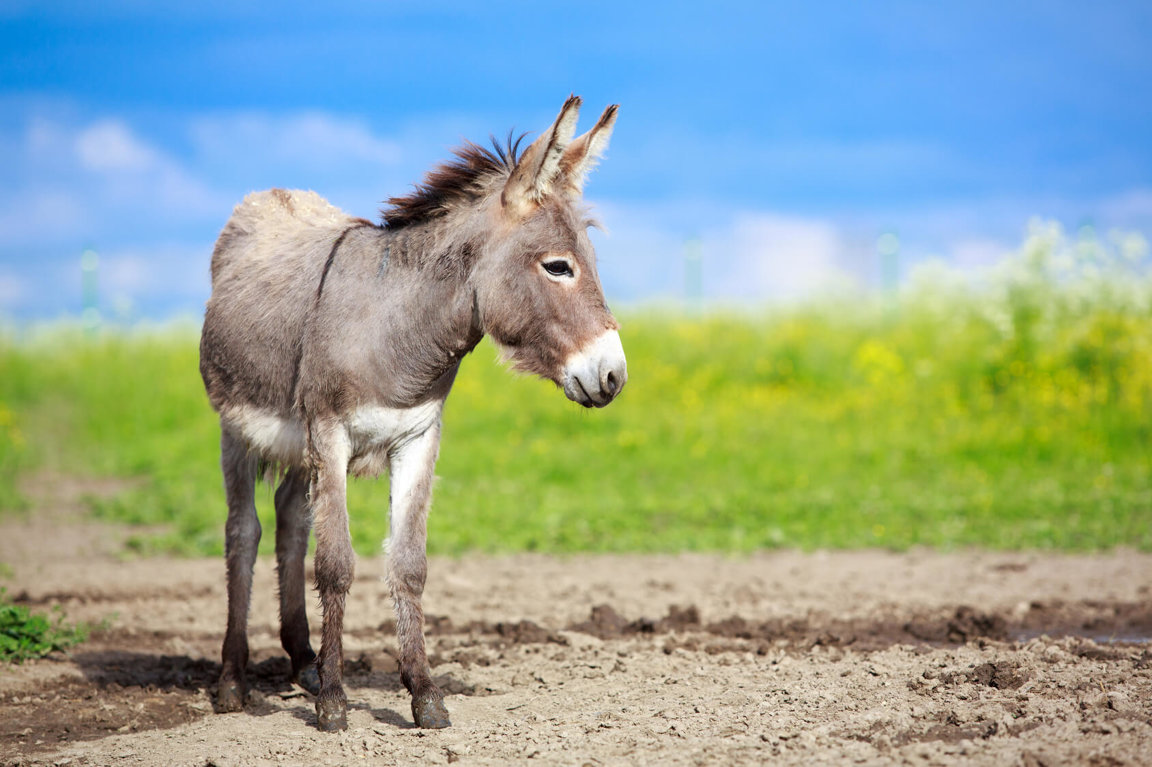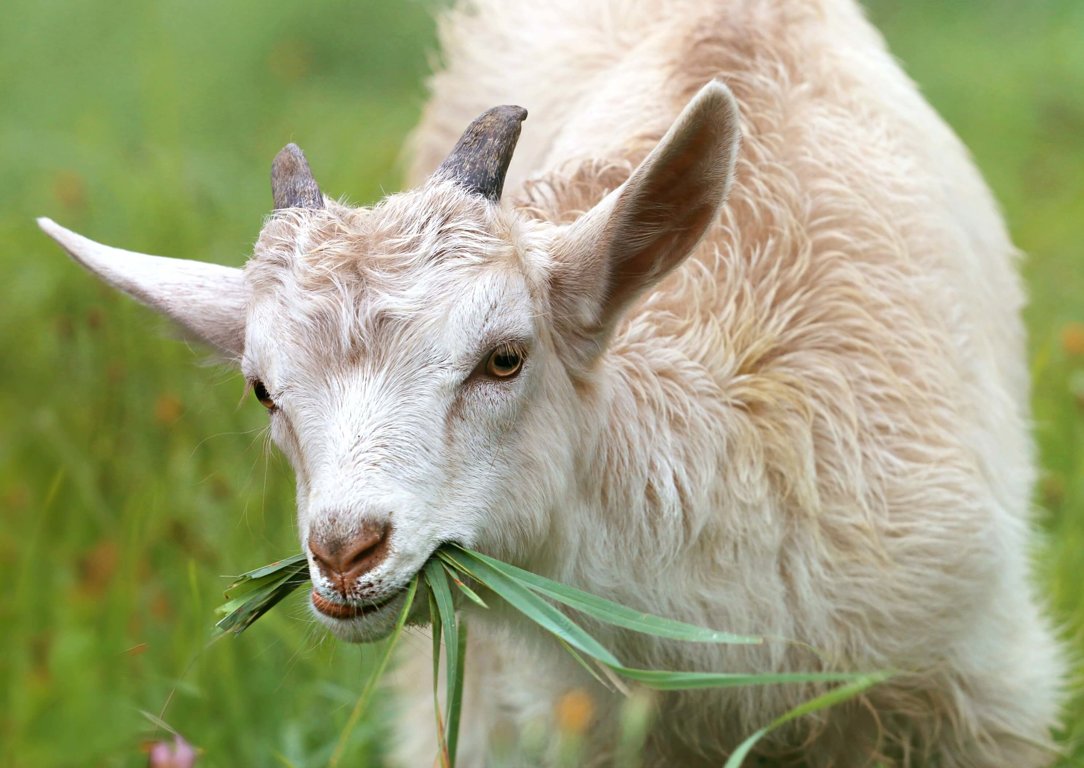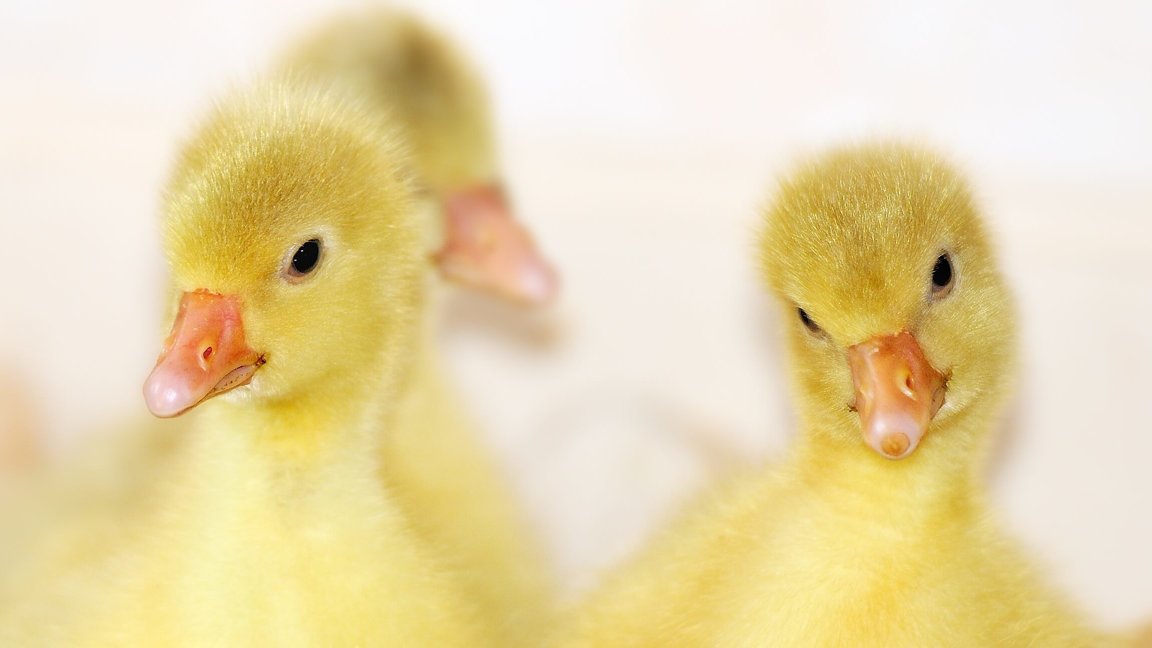Farm Animals
Farm animals have unique personalities. They're fascinating creatures with the ability to love, form friendships, mourn, get angry and show a variety of other emotions. They are deserving of our respect and our compassion.The consolidation of farms in recent years has radically altered the face of farming. Today more animals are being raised on less land, with profound effects on the animals, rural communities and the environment.
This shift in farming has been termed "industrial agriculture" or "factory farming," as thousands, or even hundreds of thousands of animals, are crowded into huge buildings with no access to the outdoors.
